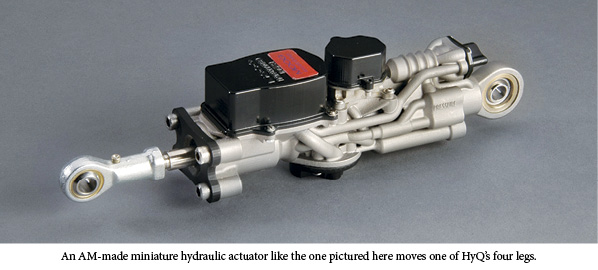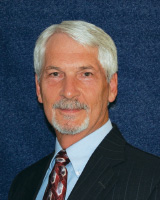Innovations in Autonomous Vehicles Drive Productivity Gains
 By Peter Bleday, Head of Autonomous Vehicles, Danfoss Power Solutions
By Peter Bleday, Head of Autonomous Vehicles, Danfoss Power Solutions
It takes many people to harvest crops such as strawberries, apples, and asparagus. The agriculture industry is contending with a shrinking workforce to gather the food our world needs. In 2019, billions of dollars’ worth of crops went unplanted or unharvested.
A key reason for this reduced productivity is an aging workforce, with young people choosing different career paths and opportunities, resulting in a growing need for advanced vehicles and machines that improve precision and productivity. These improvements will help end users overcome the challenges of global megatrends such as urbanization and food shortages.
Danfoss Power Solutions is already seeing a demand for technologies that can increase productivity and precision. This has led us to invest in new technologies like autonomy, connectivity, electrification, and digitalization. Our autonomy team focuses on helping OEMs build machines with the intelligence needed to take on daunting tasks.
The off-highway industry is evolving quickly, with more OEMs beginning to add intelligence to their vehicles. While there are multiple levels of autonomy, operator assistance is the most significant market trend. Increased operator assistance can reduce jobsite rework, improve a driver’s situational awareness, and optimize a machine to be as productive as possible for the task at hand. Our goal is to provide technology and solutions that, in the right conditions, allow the vehicle to manage most aspects of the job, including monitoring the environment. However, the driver must be available to take over at any time.
As this trend is widely adopted, the industry needs to be comfortable with the technology and deploy it. Solutions built in a scalable manner will have to meet the needs of OEMs. Delivering a commercial and scalable solution enables an OEM to quickly and efficiently meet their customers’ needs. Having commercially ready technology will drive broader adoption. Technology needs to improve to the point that it makes economic sense for the use cases we see across the industry.
There is already a lot of impressive technology on the market targeting the industries we serve. However, it’s essential that our customers can use any technology commercially through a platform with which they are familiar and comfortable using. They also need easy access to be able to effortlessly apply advanced solutions in their vehicles. Danfoss Power Solutions works closely with customers and distribution partners to understand the most critical functions and future needs. As a supplier of both software and hardware, we operate with a customer-based mindset, not only understanding the problems that face our customers but understanding the short- and long-term market challenges.
We developed our PLUS+1 platform for software to help our customers bring their applications to market quickly. In the PLUS+1 platform, we’re developing our autonomous-control libraries, which are modular software blocks that allow OEMs to apply improved navigation, perception, and positioning to their vehicles. These developments mean that OEMs shorten their time to market because they don’t need to spend years developing software themselves. We’re also building hardware to support the increased need for on-vehicle processing power. Our new controller line will support new sensors such as LIDAR, GNSS, cameras, and radar, as well as the processing power to maximize their use.
We work directly with customers on autonomy projects, learning about the needs of industries such as agriculture, material handling, and construction and how to better meet OEMs’ needs in these areas. We take this learning back into our development process to ensure our offering is as applicable and valuable as possible. This mutually beneficial relationship – helping our customers and distribution partners learn and vice-versa – benefits the broader adoption of autonomy across industries driven by fluid power.
As our autonomy team evolves, we know we need to stay as up-to-speed with new technology as possible. Our autonomy group is based in Cambridge, Massachusetts, and is involved with Boston-area universities that have world-leading robotics, business, and engineering programs. Our Cambridge location and the networks it builds are critical to ensuring we allow for the rapid adoption of new and applicable technology. It also helps us interact with the students; we help them learn by giving them real-world problems and impactful projects to work on, while they assist us by offering a new, fresh perspective from their learnings.







